In recent weeks, all eyes in the tech world have been on Intel’s new CEO, Lip-Bu Tan. With the CEOs of the four major semiconductor companies in the U.S. now all being of Chinese descent (NVIDIA’s founder and CEO Jensen Huang, AMD’s chair and CEO Lisa Su, Broadcom’s president and CEO Hock Tan, and Intel’s CEO Lip-Bu Tan), people are closely watching the latest developments at this company.On April 1st, Tan made his first public appearance as the new leader at the Intel Vision 2025 conference, where he outlined a comprehensive strategy to revitalize the company’s technological and manufacturing leadership.Unlike past leaders from Europe and America, this CEO’s speaking style was not characterized by the previous “fighting spirit” that painted various beautiful “blueprints,” but rather a realistic acknowledgment of the current situation.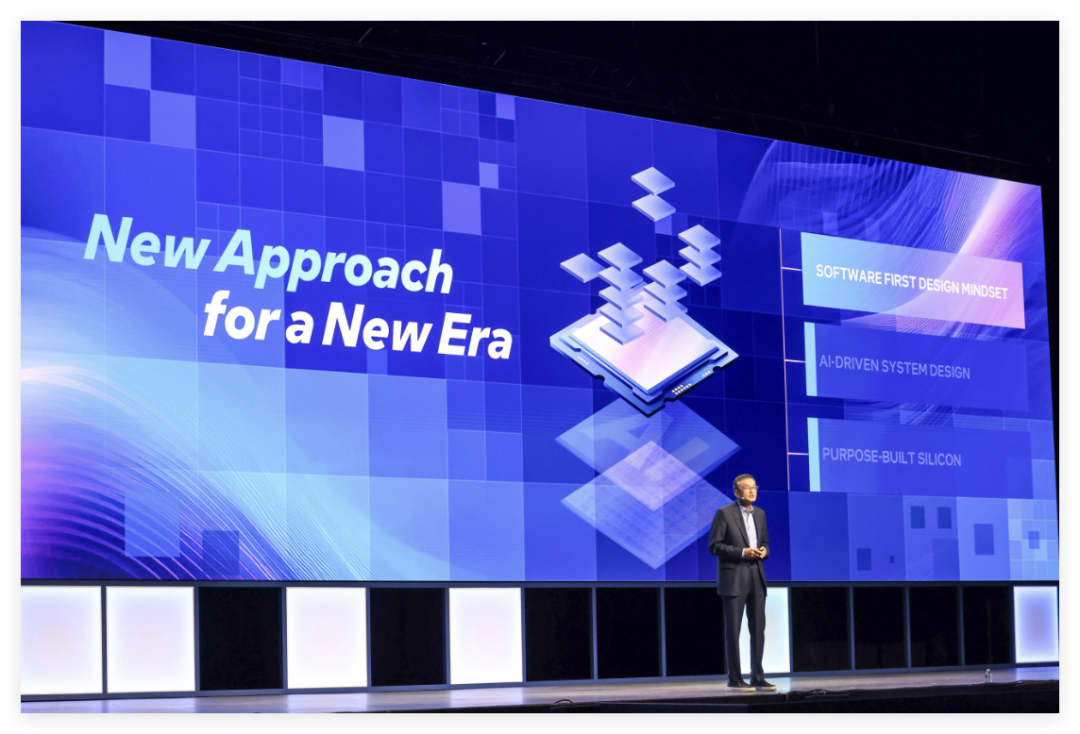
The New Era of Software 2.0
He particularly emphasized the concept of “Software 2.0” — AI is driving a comprehensive transformation of computing architecture, especially in the cloud computing domain. No-code and low-code solutions are hallmarks of the Software 2.0 era. He has invested in many Software 2.0 startups, some of which will bring truly transformative opportunities.The concept of “Software 2.0” first emerged around 2017 when Tesla’s AI department head Andrej Karpathy analyzed and speculated on how neural networks would profoundly change the development ecosystem. Under Software 2.0, program modeling work is no longer explicitly specified by programmers but is accomplished by training neural networks using data. In fields where humans struggle to extract rules but have sufficient data, such as computer vision, speech recognition, speech synthesis, and autonomous driving, the Software 2.0 development approach is gradually becoming dominant.Simply put, humans produce a lot of messy code, while machines do not. Specifically, the benefits of Software 2.0 are that machines can maintain large codebases better than humans, and the computations of neural networks are simpler (only involving matrix multiplication and linear rectifier functions ReLu), making them more chip-friendly and easier to port (general matrix multiplication operations), with constant stable runtime and memory consumption, and more convenient performance matching/agile development.ARK also predicts that in the next decade, Software 2.0 will explode, with more critical fields applying it, such as autonomous driving, drug development, and consumer apps.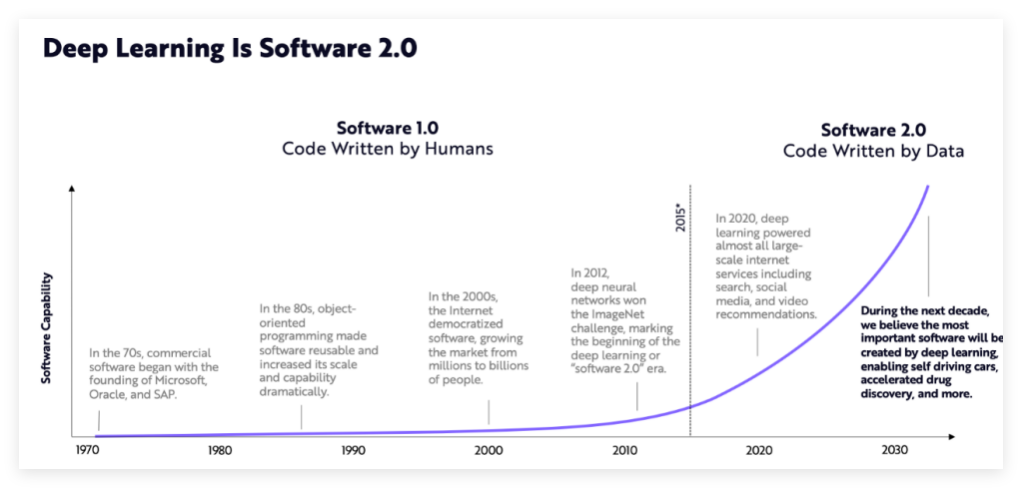 According to Tan’s sharing, AI is reshaping multiple fields. Although AI is not a new technology, the emergence of massive amounts of data is driving innovations in learning methods, information interpretation models, and even future prediction methods. This transformation has profoundly impacted many companies I am involved with and has permeated daily life — for example, intelligent agents assisting decision-making and automating process handling, which are driving large-scale innovations and creating unprecedented computational demands and data capacities. At the same time, the boundaries of AI are extending from the digital realm to the physical world. Take bionic robots as an example; this cutting-edge technology will redefine industrial fields such as automotive manufacturing, ushering in an era where robots and intelligent systems are ubiquitous.From Intel’s perspective, AI brings significant strategic opportunities: Intel will adjust resource allocation, divest non-core businesses, and focus on the core business transformation driven by AI and “Software 2.0.”Intel will adopt AI-driven system design to accelerate the development of new computing architecture platforms. From his experience at Cadence, he learned that adopting AI can significantly enhance performance and energy efficiency by double-digit percentages.This requires a fundamental shift in how Intel designs its products. In the past, Intel took an “inside-out” approach, first designing hardware and then considering how to develop software to support it. This model must change. In the future, Intel will start from the problems, clearly define the workloads that need to be addressed, and then work backward, embracing the concept of “Software 2.0,” which is a software-first mindset.The industry is moving towards dedicated silicon chips, creating new opportunities for innovation in the x86 architecture. Intel has already partnered with three major AI platform companies to jointly define the next generation of customized x86 solutions. Additionally, Intel has begun in-depth collaboration with its engineering teams to initiate this transformation while rethinking Intel’s product portfolio and focusing on current priorities, namely products and foundry services.
According to Tan’s sharing, AI is reshaping multiple fields. Although AI is not a new technology, the emergence of massive amounts of data is driving innovations in learning methods, information interpretation models, and even future prediction methods. This transformation has profoundly impacted many companies I am involved with and has permeated daily life — for example, intelligent agents assisting decision-making and automating process handling, which are driving large-scale innovations and creating unprecedented computational demands and data capacities. At the same time, the boundaries of AI are extending from the digital realm to the physical world. Take bionic robots as an example; this cutting-edge technology will redefine industrial fields such as automotive manufacturing, ushering in an era where robots and intelligent systems are ubiquitous.From Intel’s perspective, AI brings significant strategic opportunities: Intel will adjust resource allocation, divest non-core businesses, and focus on the core business transformation driven by AI and “Software 2.0.”Intel will adopt AI-driven system design to accelerate the development of new computing architecture platforms. From his experience at Cadence, he learned that adopting AI can significantly enhance performance and energy efficiency by double-digit percentages.This requires a fundamental shift in how Intel designs its products. In the past, Intel took an “inside-out” approach, first designing hardware and then considering how to develop software to support it. This model must change. In the future, Intel will start from the problems, clearly define the workloads that need to be addressed, and then work backward, embracing the concept of “Software 2.0,” which is a software-first mindset.The industry is moving towards dedicated silicon chips, creating new opportunities for innovation in the x86 architecture. Intel has already partnered with three major AI platform companies to jointly define the next generation of customized x86 solutions. Additionally, Intel has begun in-depth collaboration with its engineering teams to initiate this transformation while rethinking Intel’s product portfolio and focusing on current priorities, namely products and foundry services.
Emphasizing Customer Communication: Tan’s Tradition
Tan candidly stated at the beginning of his speech: “I love this company, and it pains me to see it in trouble; I cannot stand by, especially knowing I can help turn it around. In some respects, we have indeed let everyone down. I will build a strong team to correct past mistakes and regain your trust.”In fact, the industry has interpreted Tan’s appointment with terms like “taking on a critical mission,” which may relate to his past experiences; he indeed transformed the struggling Cadence into an industry leader, and these experiences are certainly key points for turning the situation around.During this speech, he revealed many of his past experiences. He stated that over the years, he made 251 semiconductor-related investments at Walden International, of which 43 successfully went public, and 25 were acquired. These experiences prepared him well for his role as CEO of Cadence.When he was invited to become Cadence’s CEO, the first thing he did was to reshape the team culture, create an innovative atmosphere, and establish deep collaborative relationships with customers. Notably, the first customer they met gave them a “failing” evaluation, but Tan did not get discouraged; instead, he gathered more information and listened attentively. The customer admired Tan’s willingness to digest such negative feedback without flinching. “The customer patted me on the shoulder and said, but you know what? Our expectations of you will be higher too,” Tan recalled. “He said I was a very brave person because I asked for his opinion. This customer is still very candidly brutal but now sees us as a trusted partner.”Subsequently, acquiring Denali, Tensilica, and other companies accelerated the design process, achieving over 10% growth in receivables. Additionally, actively entering the system design field, including system modeling and system analysis, expanded the potential market and opened new revenue streams. Ultimately, he transformed Cadence from single-digit low growth to double-digit growth and achieved a shift from an internally non-self-developed culture to developing 12 to 14 new products annually instead of relying on external procurement, tripling the potential market and delivering a staggering 3200% return to shareholders, bringing the company’s market value close to $75 billion. Most importantly, Cadence became a trusted partner for customers.“Emphasizing customer communication” is a consistent style of Tan. In early 2009, after becoming Cadence’s president and CEO, he followed a similar approach. Shortly after taking office, he held hundreds of meetings with company customers. The question he always asked was: “How do you evaluate our company’s products?” He also summarized how he led Cadence out of difficulties, believing that if a problem is flashing yellow, and you do not address it, it will become a volcano. You need to find the crux before it flashes red.This time, Tan is still using the same method. Although this CEO has only officially been on the job for two weeks, he has already communicated with over 700 customers, demonstrating his decisiveness. Interestingly, due to his previous experiences, many customers are very familiar with him.
Like Kissinger: Reshaping Engineer Culture
Do you remember that Intel’s previous CEO, Pat Gelsinger, was referred to as a “technology fanatic”? Gelsinger, who came from a technical background, was the chief architect of Intel’s 80486 processor and was mentored by the legendary “iron triangle” (Noyce, Moore, and Grove, the three co-founders of Intel and also its first three CEOs). In 2021, upon his appointment, he proposed “reshaping engineer culture.”For Tan, “reshaping engineer culture” is also an important aspect.“I spent a lot of time with Intel’s technical team, including many architects and engineers. Under my leadership style, I personally communicate with them. Intel will become a company centered on engineer culture. One of my top priorities is to retain and attract top engineering talent to drive innovation and growth. I want to establish a culture that encourages innovation and empowers engineers. Intel’s goal is ultimately to create the best products and become the best foundry in the future, which requires unleashing the power of engineers.”Like Pat Gelsinger, Tan also has a technical background, born in Johor, Malaysia, later moving to Singapore, where he grew up and completed his undergraduate studies in physics at Nanyang Technological University, while also serving as a board member for several years, providing consulting for the school. He then went to the U.S. and obtained a graduate degree in nuclear engineering from MIT. After the Three Mile Island nuclear accident, he fell in love with “Silicon Valley” and decided to abandon pursuing a PhD, even though he had completed all the coursework. This educational background gives him a profound understanding of how to solve tricky technical problems through engineering design.First, advocate for a culture that truly practices “startup first day.” Operate with the posture of a startup while maintaining the scale of a large company, driving new ideas and empowering engineers with the freedom to innovate from within.Second, simplify work processes, reduce bureaucracy, and stimulate innovation. Throughout his career, small and focused teams have been able to act quickly, innovate actively, and challenge existing competitors, so he will implement this philosophy at Intel. This will also help Intel attract external talent.Third, attract top talent in the industry to return to Intel or join Intel.Reflecting on Tan’s time at Cadence, he encouraged employees to share their ideas and express their concerns. “I want to hear the bad news first,” he once said: “I tell everyone, this is not your problem; it is our problem, but you must share it with me so we can solve it together.” At that time, Cadence employees rushed to tell him the bad news. From engineers to salespeople, they all knew he warmly welcomed this information without getting angry.It is evident that this time, Tan is employing the same approach, focusing on engineers, restructuring team culture, and using various means to bring talent back together. He even stated during the on-site speech that you know my email address, and if you are interested, feel free to contact me.
Ultimately Becoming the Best Foundry
“Intel’s goal is ultimately to create the best products and become the best foundry in the future.”According to Tan, the global demand for chip production is increasing day by day, and customers need flexible, resilient, and secure supply chains. Intel’s foundry plays a crucial role in this. Intel will continue to advance its foundry strategy to meet these demands. The specific approaches are:First, in terms of the team. He will have weekly progress updates with team leaders and delve into engineering details to discuss how to improve process technology and timely communicate the latest developments to the industry. His standards have always been high, and he is working closely with the team to understand the current situation and clarify the future development path, including strengthening the balance sheet, improving efficiency, placing the right people in the right positions, and scaling the business.Second, in terms of customers. He believes that foundry is a service business built on the fundamental principle of trust, which is crucial. Each foundry customer has its unique design methodology and design style; during his time at Cadence, he faced such issues, as different customers have their preferred IP suppliers and EDA partners. Therefore, Intel will listen to customer feedback, gain a deep understanding of the pattern recognition technologies, EDA tools, and IP used, and optimize accordingly to meet performance and yield requirements. At the same time, he tends to build a long-term sustainable business model; for Intel, it needs two to three very important customers to help enhance performance.Third, regarding Intel’s 18A process. Plans to begin large-scale production with Panther Lake in the second half of this year. He will focus on this weekly and is approaching Intel’s first external customer tape-out.
As Long as Needed, I Will Be Here
If we are to say whether Tan’s reforms will succeed, it is still too early to tell. However, based on Tan’s past experiences at Cadence, humility and self-discipline are his greatest weapons.Nimish Modi, Senior Vice President of Market and Business Development at Cadence, stated in 2020 that reflecting on the global business trips with Tan, he noted that Tan only slept four hours each night, swam for 30 minutes every morning at 6:30, even while traveling. Before holding “in-depth” meetings with employees to identify business issues, Tan always requested the PPT in advance. He would browse the PPT one or two days ahead, grasp the key points, and take notes. Then, in the meeting, he would directly pose questions instead of letting employees present each slide. Given Tan’s background as a venture capitalist, he has invested in many tech startups and values honesty. He often encourages entrepreneurs to take risks, but only on the condition that they accept the risk of failure and can face it calmly.In this speech, we also saw that Tan has set many “weekly tasks” for himself and has been continuously communicating with the engineering team within just two weeks. At the very least, this “savior” has never forgotten his original intention.Throughout Tan’s career, there seems to be an unending question — how long will he stay in the company? In 2009, some customers asked Tan, considering his constant pursuit of the venture capital industry, how long he would stay at Cadence. Tan assured the skeptics that he would remain in this role as long as needed.Today, the same question is being asked of Tan: how long will he stay at Intel? He stated: “I want to say, as long as the company needs me, I will be here. I have a strong commitment to this journey. Under my leadership, we will revitalize the engineer culture at Intel, making the entire company operate like a startup again. I will listen carefully to customer feedback and take action accordingly.”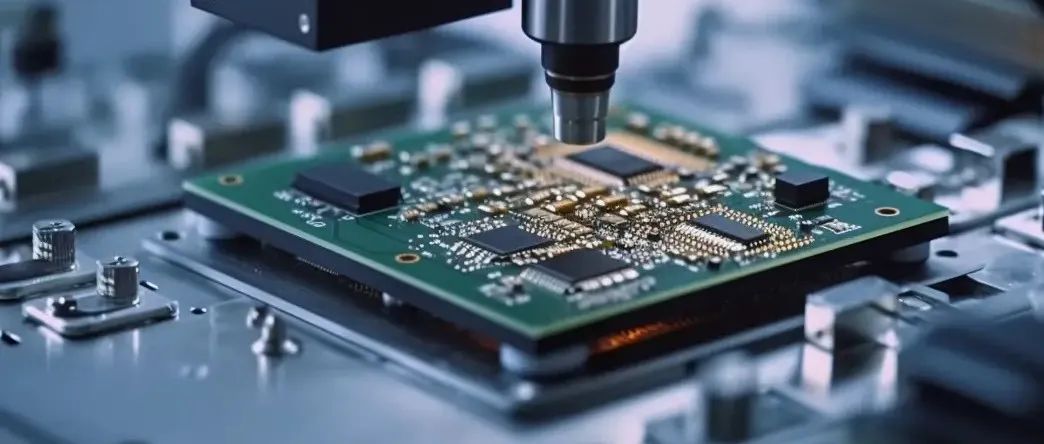
What is the meaning and role of TrustZone in the Cortex-M85 (RA8) microcontroller?
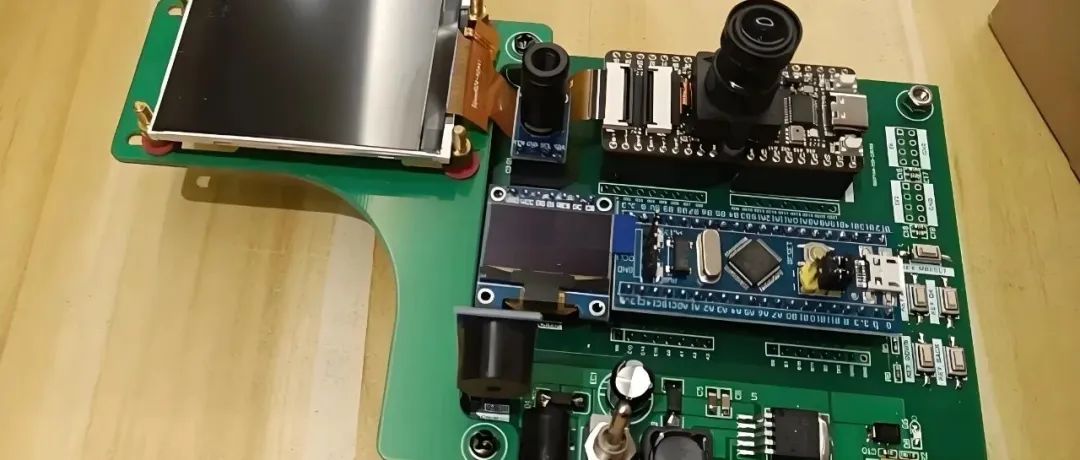
Does a simple microcontroller project require layered design?
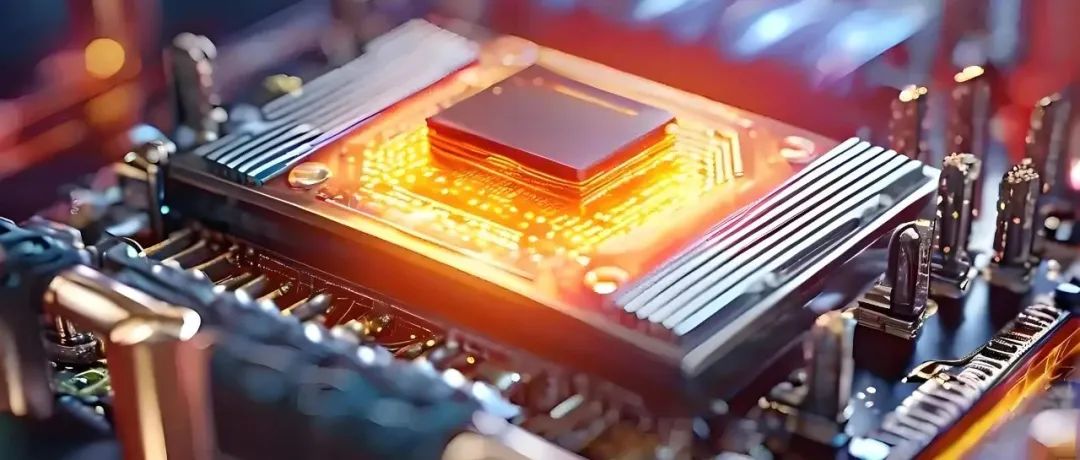
Hardcore technologies in embedded development